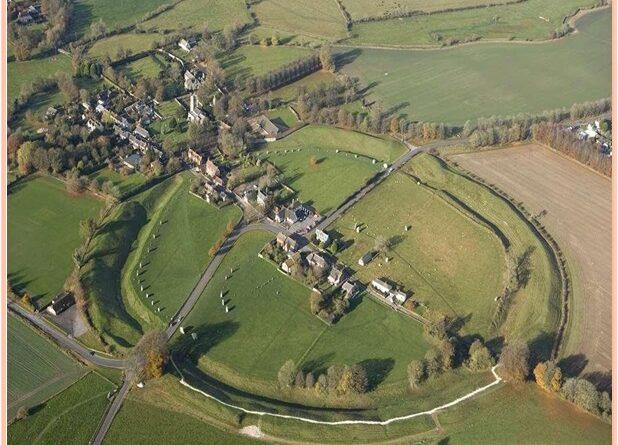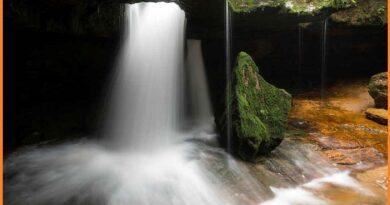A Strange Phenomenon- ‘Avebury Stone Circle’ in the county of Wiltshire, England
Avebury stone circle Wiltshire England
The Avebury Stone Circle is an architectural marvel located in Avebury Village in the county of Wiltshire, in southwest England. Avebury henge and stone circles are one of the greatest marvels of prehistoric Britain. Built and much altered during the Neolithic period, roughly between 2850 BC and 2200 BC, the henge survives as a huge circular bank and ditch, encircling an area that includes part of Avebury village. Avebury is part of an extraordinary set of Neolithic and Bronze Age ceremonial sites that formed a vast sacred landscape. They include West Kennet Avenue, West Kennet Long Barrow, The Sanctuary, Windmill Hill, and the mysterious Silbury Hill. The site can be reached on foot from the village. Nearby Alexander Keiller Museum displays many notable finds from the Avebury monuments. Together with Stonehenge, Avebury and its surroundings are declared World Heritage Site in 1986. See the Avebury stone circle map.

Avebury henge and stone circles are managed by The National Trust on behalf of English Heritage, and the two organizations share the cost of managing and maintaining the property. Stonehenge offers a fascinating opportunity to explore the ancient ceremonial landscape of the surrounding area and come face to face with 5,500-year-old activities in the region. Avebury stands about Ninety miles west of London and twenty miles north of Stonehenge, another prehistoric site. Similar to Stonehenge and many other megalithic monuments in the British Isles, Avebury is a composite construction that was added to and altered during several periods of time. As the site currently exists, the great circle consists of a grass-covered, chalk-stone bank that is 427 meters in diameter and 20 meters high, with a deep inner ditch having four entrances at the cardinal compass points. Just inside the ditch, lies a grand circle of massive and irregular sarsen stones enclosing approximately 28 acres of land. This circle, originally composed of nearly 600 stones but now having only 76, itself encloses two smaller stone circles.
Home doctor medicine for every household-click here
Facts about The Avebury Stone
The age of the Avebury Stone Circle
The Avebury Stone Circle was built during prehistoric times. Avebury circle dates back to the Neolithic Age over a course of centuries, roughly between 2850 BC and 2200 BC. people in the Neolithic Age still primarily used stone tools. The Neolithic Age also marked the beginning of the Agricultural Revolution and the start of domestication practices in Eurasia and other parts of the world, which give an insight into why it was built for. The Avebury Stone Circle was built roughly 4,000 to 5,000 years ago and has survived centuries of weathering and erosion. Originally, there were 100 stones in the Avebury Stone, with 29 or 30 stones comprising its outermost ring. The outermost ring of the Avebury stone circle has a diameter of 330 meters, making it Britain’s largest stone circle. Meanwhile, the northern and southern inner rings have diameters of 98 meters and 107 meters respectively.
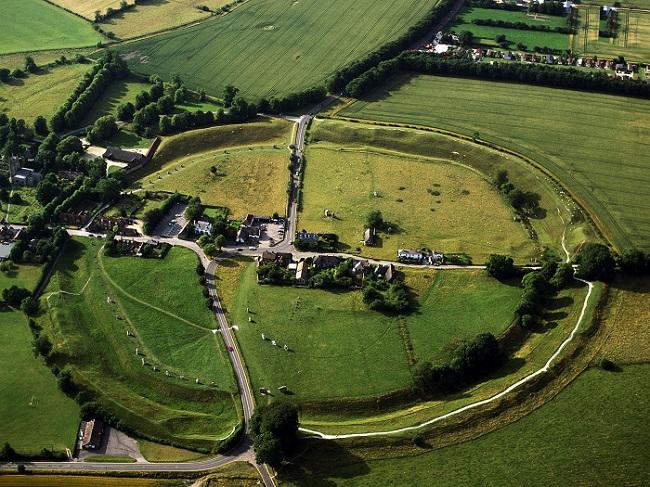
Massive Avebury Stone Circle
The Wonder is that when these sandstone slabs were erected, how prehistoric people were able to take each stone to its position. They did not have trucks and cranes to help them put the stones in place when some of them weigh more than 40 tons. How these largest stone circles in a well-arranged way with lovely surroundings. The map of the Avebury stone circle shows the Northern circle, southern circle, Ditch, Bank and Devils chair. The Avebury stone circle map is the best way to understand the massive structure of prehistoric time.
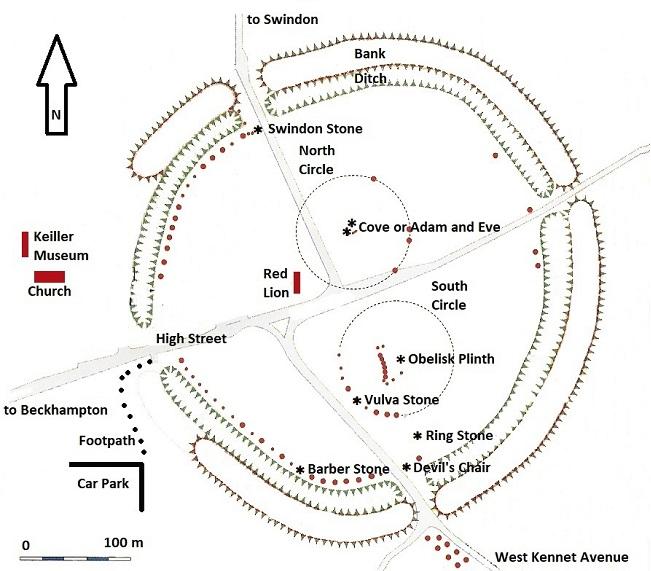
Also Read- ‘Henrhyd Falls’ in the Brecon Beacons National Park, Which starred in the Dark Knight Rises
UNESCO World Heritage Site in England
The Avebury Stone is declared a world heritage site. These Sites included-A a series of chambered tombs built around 3650 BC, known as West Kennet Long Barrow, where fifty people were buried. A group of three concentric but intermittent patterns known as Windmill Hill, where many animal bones were found, suggesting animal feasting or rituals by Neolithic peoples. Silbury Hill, an artificial mound, the largest of its kind in Europe, was completed in 2400 BC. Like the Avebury Stone Circle, its purpose remains unknown.
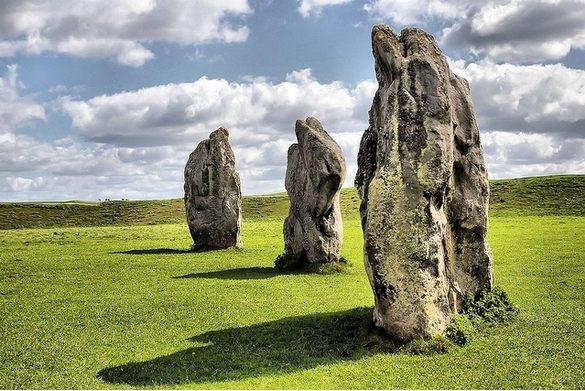
Purpose of building Avebury Stone Circle
The purpose of these prehistoric, monuments is unknown. But several archaeologists suggested that Aubrey Burl believed that whichever group of people built the Avebury Stone Circle used it as a peace offering to the gods who controlled the climate and other natural occurrences so that they might be protected from diseases and disasters that could harm them. A different theory, supported by the animal bones found around the area, suggests that it was a site for feasts and gatherings of Neolithic peoples. As the times changed, Stonehenge is known for its religious significance.
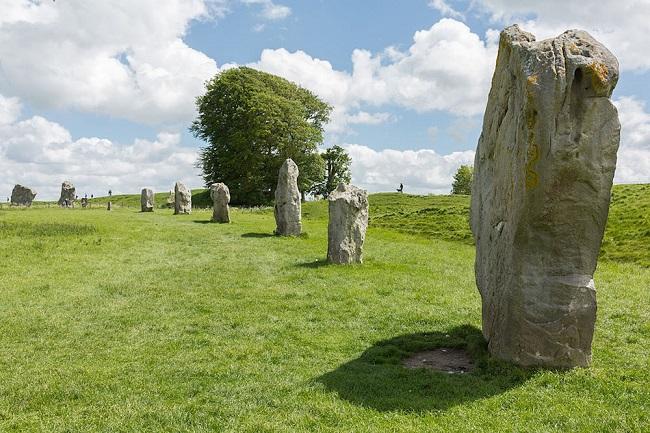
After the civilizations became more advanced, some of the stones in the Avebury Stone Circle were destroyed. Several stone positions in the landscape changed due to Agricultural advancements and the construction of buildings in the area. Alexander Keiller was an archaeologist who bought the land around Avebury’s Neolithic and Bronze Age sites and maintain to preserve these prehistoric monuments. He also built a manor in the area between the 1920s and 1930s. Several years later, the property was transferred to the National Trust and it became a museum.
Lose your weight with Perfect shape-click here
Stonehenge and Avebury stone circle
The World Heritage property Stonehenge and Avebury Stone Circle is internationally important for their complexes of outstanding prehistoric monuments in England. Stonehenge is the most architecturally sophisticated prehistoric stone circle in the world, while Avebury is the largest. Stonehenge is Nearly 42 km away from the Avebury Stone circle. The World Heritage property comprises two areas of Chalkland in southern Britain, where Neolithic and Bronze Age ceremonial and funerary monuments and associated sites were built. Each area contains a focal stone circle and henge and many other major monuments. At Stonehenge, these include the Avenue, the Curses, Durrington Walls, Woodhenge, and the densest concentration of burial mounds in Britain. At Avebury, the massive Henge, containing the largest prehistoric stone circle in the world, and Silbury Hill, the largest prehistoric mound in Europe, demonstrate the outstanding engineering skills which were used to create masterpieces of earthen and megalithic architecture.
How to visit
There are six sites in the area where you can walk on foot. The Avebury Stone Circle, the West Kennet Long Barrow, the Windmill Hill, The Sanctuary, the Silbury Hill, and the Alexander Keiller Museum. Visitors can spend time exploring this British UNESCO World Heritage Site.
Sources-English-heritage.org.uk, guidelinestobritain.com, sacredsites.com,whc.unesco.org
